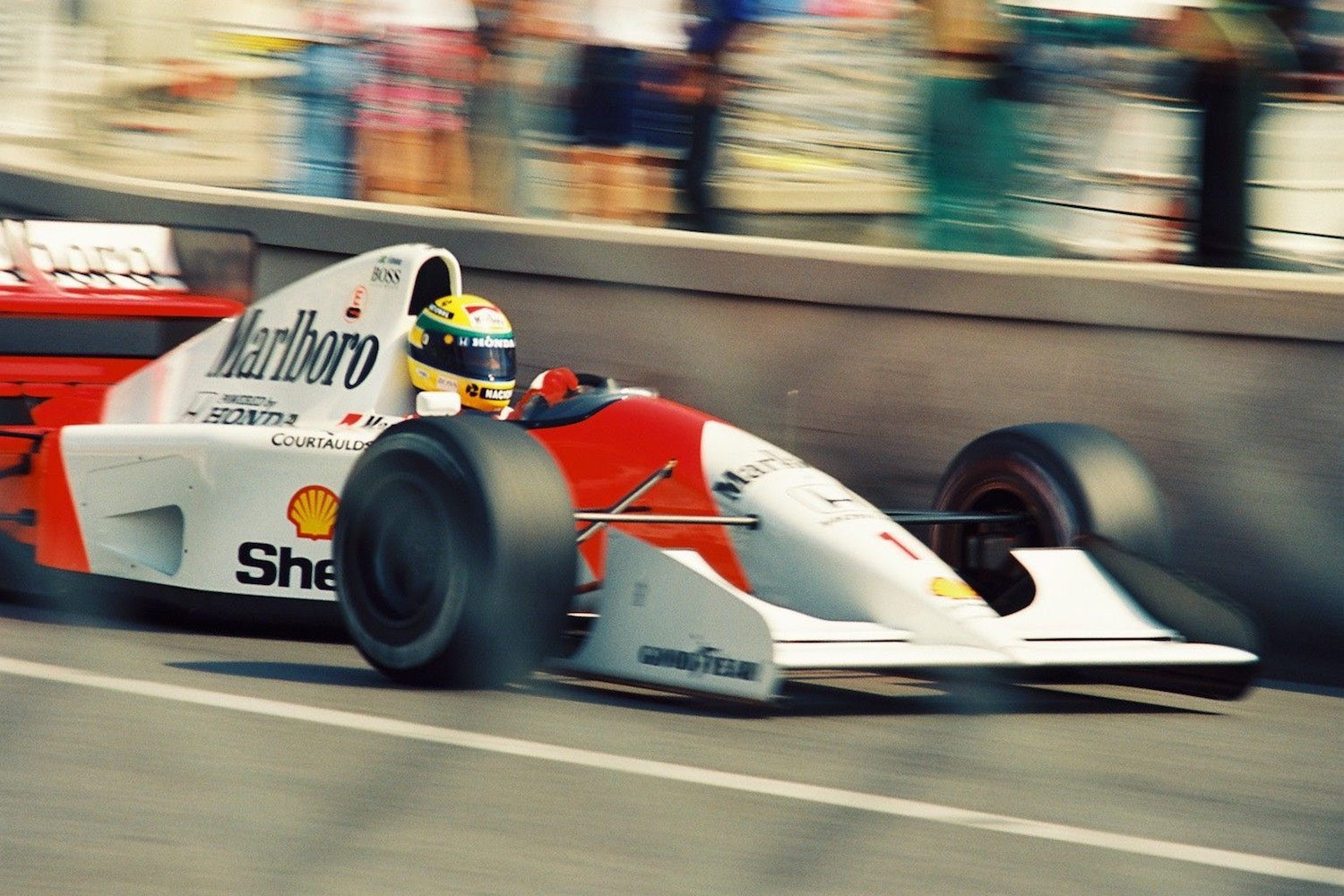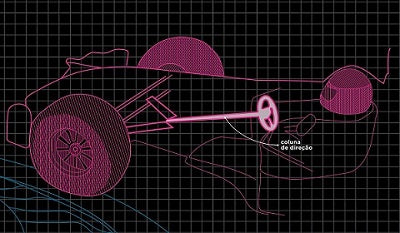Need Some Help? 0161 223 1843
Need Some Help? 0161 223 1843

February 12, 2020 3 min read 2 Comments
Ayrton Senna is seen as one of the greatest heroes and champions of Brazil. His undisputed ability to drive Formula 1 cars transformed the looks of a whole generation of Brazilians into the sport.
Brazil had lost one of its greatest icons in the sporting world of all time.
Senna started his motoring career at the age of 13 and would be considered by specialist journalists, drivers and fans as the best Formula 1 driver of all time.

On a Sunday, May 1, 1994, the great Brazilian champion would contest his last race. After a confusing start, the race apparently went through normalcy. Senna fired the lead, riding his blue Williams under the watchful eye of Brazil, who was already waiting for his 42nd victory. A few weeks earlier, Senna asked his engineering team for an adjustment to the steering column length of the car. According to Senna, it would facilitate his piloting if the steering wheel was closer to his body. Williams’s engineering team then closed the steering bar and wrapped it with a metal glove. The union of the metal sleeve with the rest of the bar was made by welding.

On race day, Senna retained the lead, but JJ Lehto and Pedro Lamy crashed during the start, with the wheels and debris from their cars injuring eight fans and a police officer. The safety car appeared on the track, and once it pulled off Senna set the fastest time of the race on lap 6.
The weld bead was by now worn out by fatigue, due to the repeated twisting and bending while driving, then on lap 7, while rounding the Tamburello corner at more than 300 km/h, his car slipped off the racing line, Senna turned the steering wheel and the car did not obey. With the fracture of the weld, the steering wheel no longer had any connection with the movement of the wheels and they hit the concrete wall at 233 km/h.
The impact on the wall was violent, generating in addition to the damage caused by the crash, the impact of a component of the Williams suspension with Senna’s helmet. This impact of the steering component pierced his helmet and directly reached Senna's head, causing his death almost instantly.

Imam’s fire department arrived 20 seconds after the accident, ensuring no fire. After 2 minutes, what many race safety experts say is too long, the ambulance arrived at the crash scene and attempts to save Senna began. Taken by helicopter to the Maggiore Hospital in Bologna, pilot Ayrton Senna died 40 minutes after being hospitalized.
According to the doctor, the official time of death was 2:17 pm – the moment Senna’s car hit the wall.

Ayrton Senna was the last driver to be killed in a Formula One race – after 1994, safety in motorsport became a top priority.
In 2007, after many years of deliberation, an Italian court stated that Senna’s accident was caused by a poorly designed steering column failure and that responsibility for this falls on Patrick Head, an engineer on the Williams team. However, the Head was never arrested due to the statute of limitations.

|
Paul Jones Director BWS Ltd, CSWIP Ive been a welding engineer for over 30 years and a welding inspector for 23 years with vast experience of welding and related topics. |
February 15, 2020
If only they had bought a mig of basic welding
Comments will be approved before showing up.
Nick Veitch
February 17, 2020
Could you post an article on how or why a pulsed mig welder may be a better option, to a generic synergic mig.
Some manufacturers now require a double pulse mig as a requirement for approval.
Thanks Nick.